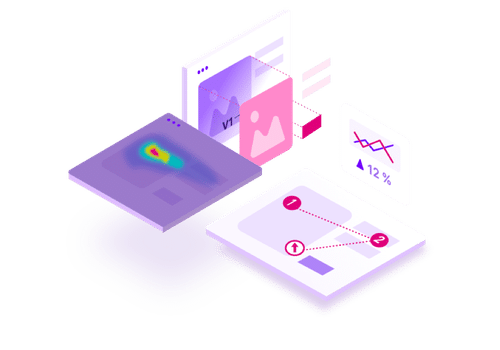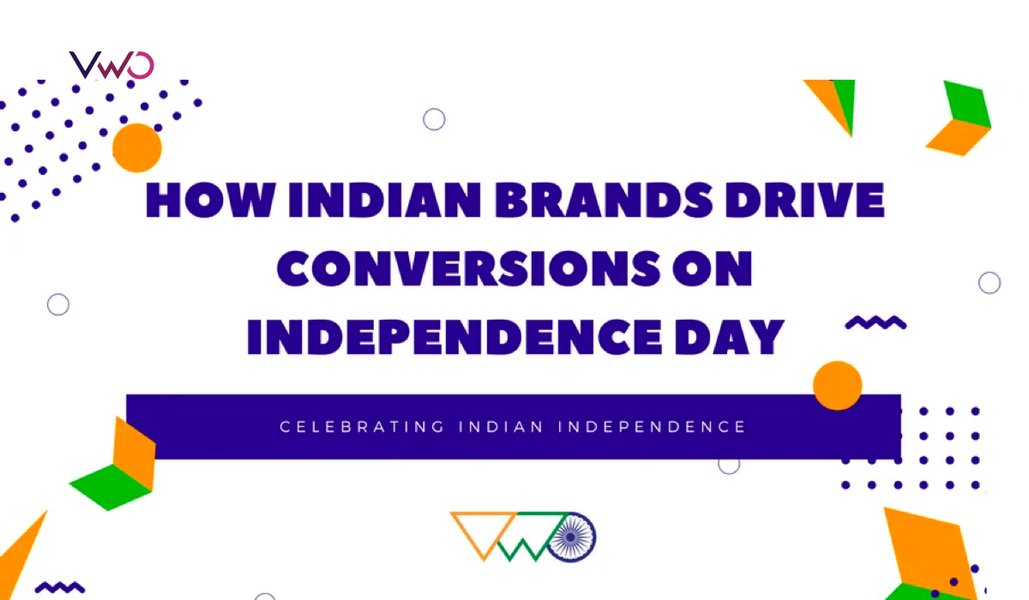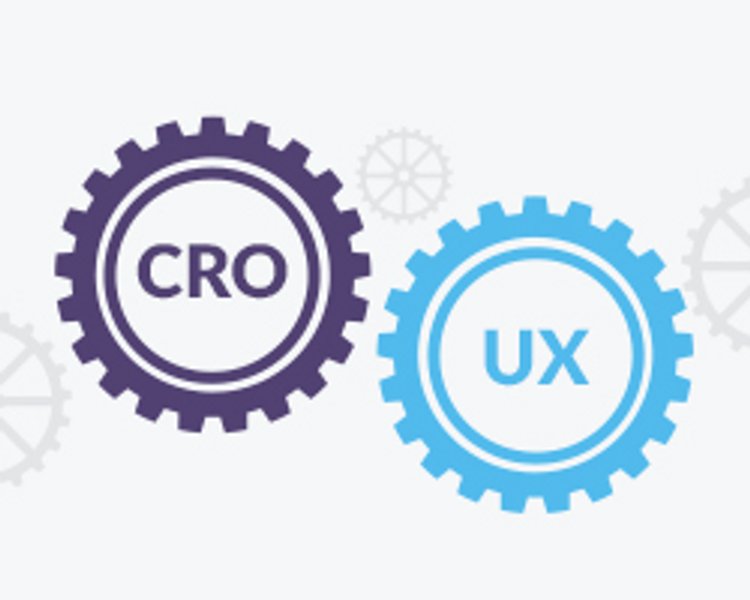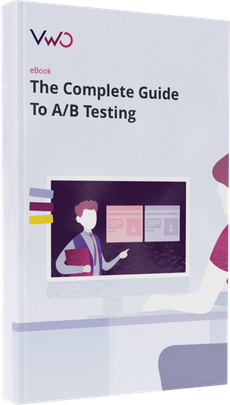What is Visitor Segmentation? How Does It Help?
Sure, bundling your target audience together into one single group may fetch some positive results. But, not in the long run. Smartly segmenting your site visitors into the right categories to target every single niche is the core foundation to ferry conversions into your pocket and grow revenue.
But, many companies, irrespective of their operational domains, still struggle to find smart and tactical ways to segment site visitors. As a result, the gap between what website visitors want and what they get (or what a business offers) is quite extensive.
Download Free: Visitor Behaviour Analysis Guide

In this blog post, we aim to shed some light on the whys and hows of visitor segmentation and its importance as one of the most critical conversion parameters.
Let’s begin!
What is Website Visitor Segmentation?
In the simplest of terms, website visitor segmentation is the process of segregating prospects and customers into different groups based on some fundamental parameters such as geography, visitor behavior or characteristics, acquisition sources, psychographics, and more. By using segmentation, you can not only provide your website visitors with more relevant and targeted content, product suggestions, and marketing messages but drive more sales and reap high business rewards as well.
How to Segment Website Visitors?
Segmentation is one of the key pillars of marketing. It’s a method to better understand your target audience, cater to their varied needs, and provide a much-enhanced visitor experience that gets more repeat visitors and purchases to the business.
There are several ways to segment your website visitors. For instance, as a SaaS company, you can segment your visitors basis the sales funnel stage they sit on, such as website visitors, pro-plan subscribers, blog subscribers, newsletter subscribers, social media platforms, and so on. As an eCommerce business, you can segment based on their geography, gender, shopping history, and more.
But ideally, it’s always good to place your website visitors into four primary segments. These are as follows:
1. Behavioral Segmentation
Though the most common in the lot, behavioral segmentation definitely tops the list. In addition to segmenting visitors on the basis of their behavior on your website, it helps you to identify the right patterns or content to engage your website visitors and ensure they leave satisfied and come back for more.
Amazon suggests products to its customers based on their shopping history as well as their real time actions on the site. Meanwhile, YouTube recommends videos based on a visitor’s viewing history. Facebook follows the same mechanism too. It shows posts based on a users’ likes and pages they follow.
One of the most significant advantages of using behavioral segmentation is that it’s typically based on well-documented visitor behavior which makes targeting both new and returning visitors easier. But, the offside to this is that it doesn’t take into consideration a targeted persona’s intent very accurately. For example, if a person buys a leather jacket from an eCommerce site, is it a good idea to suggest more leather jackets the next time they visit? Probably not!
2. Demographic Segmentation
In this arena, questions like, “What’s the age of your visitor?” “Are they male or female?” “Where do they live?,” etc. typically help to define the demographics of your inflowing traffic.
Also, such segmentation is most useful for businesses for whom physical and socio-economic factors matter the most. For instance, let’s consider a restaurant tech solution platform like Dineout. It needs to know a customer’s location to recommend the best restaurants near them. While an 18-year-old individual may be more interested in finding fast-food chains such as Domino’s or Burger King, someone aged 30 years may, alternatively, be most interested in a sushi restaurant or one that serves alcohol.
Similarly, an online sports store may be in a position to recommend better sports products if they know a visitor’s demographics. For example, if you’re a 25-year-old woman, you’re most likely to look for a sports bra or a bralette rather than a man looking for the same on the platform.
The real deal here is that demographic segmentation is simple. You can easily pull out supporting data as well. Tools like Facebook Ads, Google Adwords, and Google Analytics allow you to conveniently and accurately gather data and further target individuals using their demographic information. However, the flip side to this kind of segmentation is that it’s mostly based on broad assumptions and doesn’t take into consideration many important factors including gender fluidity. This is where much work is needed.
3. Psychographic Segmentation
Of the other methods, psychographic segmentation is the most complicated one, as it takes into consideration things like a person’s emotions, beliefs, opinions, likes and dislikes, and so on.
Let’s say, you’re a fintech company that provides multiple insurance options to a wide spectrum of people with varying needs and preferences. To cater to such a myriad variety of individuals, it’s necessary for you to create custom segments. These may typically include categories like people who work in a high-risk environment and want to invest in accidental insurance, people planning for the second innings of their life and would want to invest in a retirement plan, or those living in harsh terrains who would want to secure their houses against natural calamities. Other categories can be around the risk appetite of individuals when it comes to selecting an insurance, the investment product itself and so forth.
By segmenting your target audience on the basis of their desires, beliefs, and hopes, you can offer them more relevant products and/or services, and also create relevant marketing campaigns and content to make them convert into loyal customers.
Psychographic segmentation is also the kind that most marketers and professional content writers use to create compelling marketing messages, especially email campaigns, and bring potential customers aboard.
Apple, Netflix, and Nintendo are some hotshot businesses that extensively use this segmentation strategy.
4. Geographic Segmentation
This is comparatively the most popular segmentation method used by marketers across the globe. Geographic segmentation allows you to effectively target prospects and customers from particular countries, or according to the keywords they use to land on your website.
For instance, Amazon segments its website visitors based on their geographic traffic sources to show relevant products. It tracks your IP address to confirm the region you belong to and even displays a disclaimer message on its homepage, redirecting you to your region’s Amazon site for much convenience.
Check out the image below:
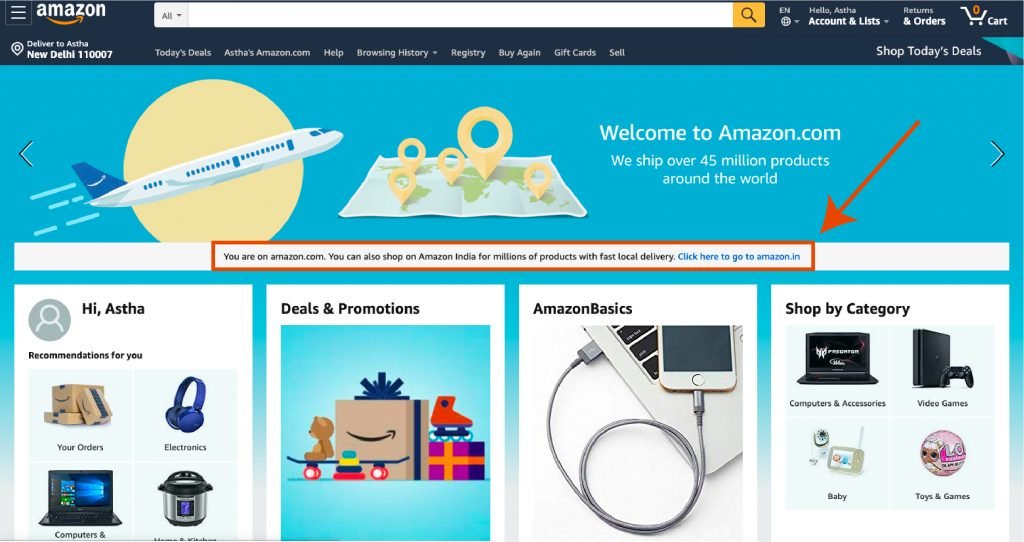
While each of the segments, as explained above, have their own value proposition, it’s always better to use the four in sync to create high-quality segments to not only add value to what you’re doing as a business but enhance your conversion rate as well.
What To Do After Segmenting Your Website Visitors?
Once you’ve created the right set of segments, it’s now time to use the gathered data to deliver a better and more enhanced website experience to your visitors by optimizing your site pages. How? Let’s dig a little deeper here!
1. The Homepage
Your homepage is the face of your business. It’s also the first page that your visitors interact and engage with. If there’s one thing that can make it better and appeal to the senses of your target audience, it’s segmentation. Here’s how you can use segmentation to your leverage and make your homepage your conversion magnet:
- By Demographics: Showing products and/or services geared towards a particular age group or locality, can help create buzz on your homepage and push more of both existing and first time visitors into your sales funnel. For instance, a company dealing in sports cars will target individuals aging between 20 and 40 years. On the other hand, a regional brand engaged in publishing women’s magazines would specifically target the female population of their respective country.
- By Behavior: Showing or recommending products to a visitor based on their on-site behavior and past browsing history on the homepage itself can prove to be significantly beneficial for your business. For instance, if a person has been searching for wallets and cuff-links, showing them as top results on your homepage alongside other recommendations such as ties and watches can considerably increase the chances of conversions.
- By Psychographics: While psychographic segmentation doesn’t really focus much on data, it demands rigorous research to unveil and understand what visitors actually want. For instance, the luxury car brand may choose to show a completely different fleet of cars to people who value quality and status than those with a different buying outlook. While, on the other hand, a B2B enterprise engaged in offering marketing services may create a homepage that specifically targets marketing managers who are looking forward to partnering with them for their respective firm’s marketing and promotional needs.
To be sure of your segmentation tactics, it’s always good to A/B test your ideas. Create multiple versions of your homepage for each targeted segment and run an A/B test to analyze which one performs the best.
Download Free: Visitor Behaviour Analysis Guide
2. Product Pages
When it comes to using segmentation for product pages, your go-to category should be behavioral segmentation. For the reason that it’s essential to understand your target audience’s actions or conducts to move ahead and pitch products that would most interest them.
To give you an example here. Let’s say the average LTV (lifetime value) of your online customer is $100 (i.e., your customer makes a purchase of $100 worth of products from your brand). And, say a customer who has already spent $400 comes back to your site. In such a case, it’s always better to first show those customer premium products in the categories they most browse through on your site, smartly followed by items with lesser value as add-ons. Further, adding filters such as ‘Price High to Low,’ ‘Price Low to High,’ ‘Popularity,’ and ‘Newest First’ can strategically help.
Meanwhile, let’s say another customer who has only bought handbags and related products. In such a case, show them your highest selling handbags like office bags, party clutches, totes, and wallets as the likeliness of them considering these options are maximum.
Organizing your products on product pages using behavioral segmentation will not only help you recommend better products to your target audience, but you’ll always stay in line with what your audience’s intent is.
3. The Landing Page
When creating compelling and engaging content for landing pages, bet your money on psychographic segmentation. For the reason that the data extracted from this segment not only helps you understand the psyche of your target audience (or readers, to say), but differentiates your brand in terms of language usability and overall presentation to increase engagement.
Quoting an example here, in addition to focusing on building brand content (by mapping trends and using tools like search engine optimization) for your landing pages, adding elements that directly relate to what a visitor wants can help get more conversions aboard. Intuit, a financial software company, uses demographic segmentation to show different landing pages to individuals coming from different regions and ensure to engage them in the most effective manner. It gathers data from a user’s IP and shows landing pages accordingly.
But, of course! A/B testing your ideas must always be a part of your plan to authenticate your learning.
What are Common Visitor Segmentation Mistakes To Avoid
Since visitor segmentation is quite complex, it’s obvious that mistakes will also happen along the path. So, being aware of them is paramount. Some common mistakes to avoid are as follows:
Over Segmentation: While segmentation has the prowess to offer highly specific information to your business to thrive, overdoing can prove to be equally troublesome. Because, when you segment website visitors at such granular levels, the process of dividing and combining turns intimidating. Successful visitor segmentation is only possible when done in the right manner and with the utmost focus. For it will not only help create the right number of segments needed for your business to target every visitor base but avoid confusions as well.
Segmentation Without Strategy: Visitor segmentation without a clearly defined strategy is like a pizza without toppings. So, it’s always better to have a plan in place to ensure all your data and resources are judiciously used. Understand that the very definitions of the visitor segmentation are what typically makes your entire marketing project/campaign effective, and this surely takes more than just the forethought.
Changing Segmentation Definitions: While the fundamentals of segmentation cannot be changed, the segments themselves can be altered, but only up to some extent. These can be primarily based on generation gaps, such as, what’s liked by Gen Z was not something appreciated by Gen Y, or psychographic, such as a shift in someone’s beliefs and so on. It’s critical to understand these ever-changing market dynamics and audit your visitor segmentations at regular intervals to maximize their effect.
Over Focus On Demographics: This is one of the most common mistakes made by marketers when segmenting their audience base. Overly focusing on demographics, at the expense of other segmentation categories, can lead to the wrong categorization, further costing your business in terms of lost customer acquisition opportunity. Rather, it’s essential to maintain a fair balance between all the categories and use the right permutations and combinations to avoid revenue spillage.
How to Use Visitor Segmentation Alongside Website Personalization?
Needless to say that personalization is the key to successful online marketing, and segmentation is a key component in making this possible. As per research by the Boston Consulting Group, it’s been established that marketers who use digital tools and meticulously articulated data for personalization purposes can increase their conversions and revenues by about 6% to 10%, which is 3x to its counterpart.
Visitor segmentation can help target the right people at the right time with the right message. Thus, making brand marketing more effective and efficient. Segmentation is not personalization. Rather, it’s the fuel that boosts the personalization engine enabling it to drive at a speed that’s unmatched yet much under control. Furthermore, visitor segmentation, when coupled with AI and machine learning, can help predict visitor behavior, influence their actions and decisions, and subsequently trigger messages that maximize conversions and revenue gains.
To conclude, visitor segmentation is useful in several ways. It’s a tried, tested, and trusted method that enables marketers to successfully run campaigns, understand market dynamics, even predict future trends, and get their A-game up and ready for all current and future challenges.



